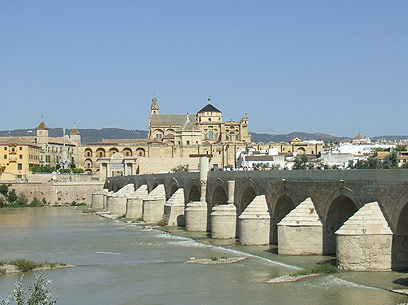 Aiguestortes National Park is a magnificent area located in
the heart of the Pyrenees. Tourists flock to the park to take advantage of
Aiguestortes National Park's beautiful lakes, waterfalls and glacial
formations.
Aiguestortes National Park is a magnificent area located in
the heart of the Pyrenees. Tourists flock to the park to take advantage of
Aiguestortes National Park's beautiful lakes, waterfalls and glacial
formations.Follow The Rules
Visitors should be advised that it is not possible to enter the park by private car. Taxis are available to transport visitors around the park. In order to protect the integrity and beauty of Aiguestortes it is forbidden to collect plants, mushrooms, flowers or rocks. Hunting and fishing is also prohibited. Biking is restricted to certain paved roads.
Wild Life
Aiguestortes has an abundance of wild life. Bird watchers can expect to see Black Woodpeckers, Common Crossbills, Golden Eagles and Bearded Vultures. Aiguestortes is home to wild goat, ermine, roe deer and marmot.
Architecture
The park has a rich architectural history. The Catalan Romanesque churches are a feast for the eyes.
Life in the Lake
There are over 200 gorgeous lakes in the park. They are teeming with trout, rainbow trout, grass frogs, common toads and Pyrenean newts.
Plant Life
The forests are filled with many varieties of trees. Among them are the beech tree, fir, hooked pine and wild pine.
Climate
Temperatures in the park are cold. The average temperature is around 0 to 5 degrees centigrade.
Accommodations and Conveniences
There are quite a few shelters in the park that provide visitors with a place to rest. Food is available as well. Cottages are also available for rental and it is advisable to secure these well in advance of your trip. Medical attention is available in a medical center which is located within the park. If language poses a problem interpreters are available as is a tourist center.
A trip to Aiguestortes National Park is the experience of a lifetime, so let the planning begin!



